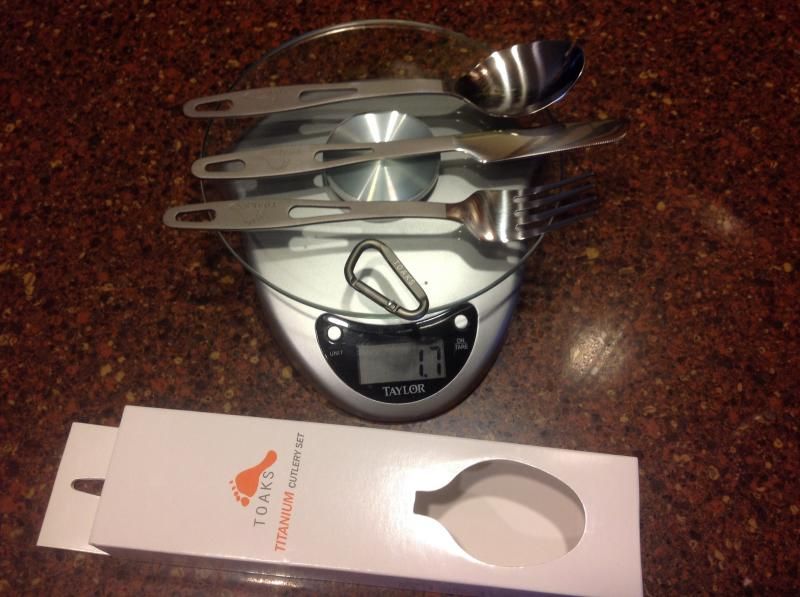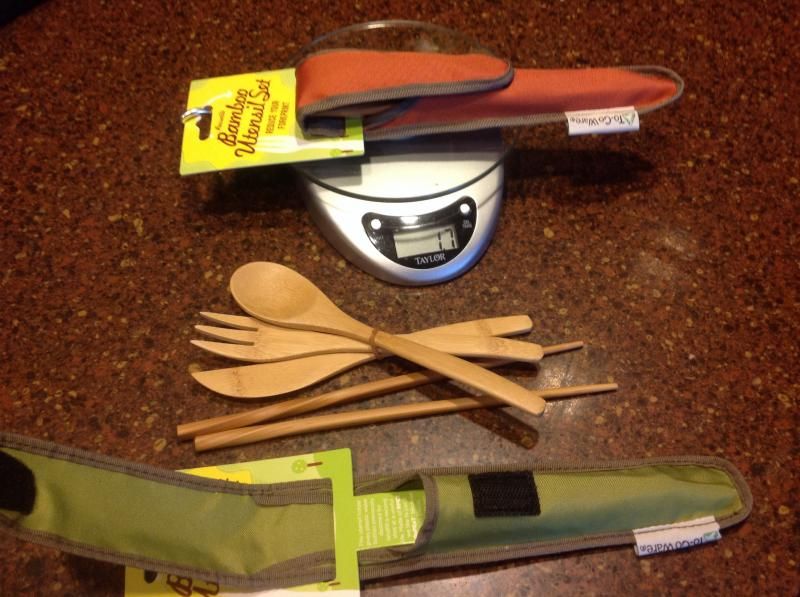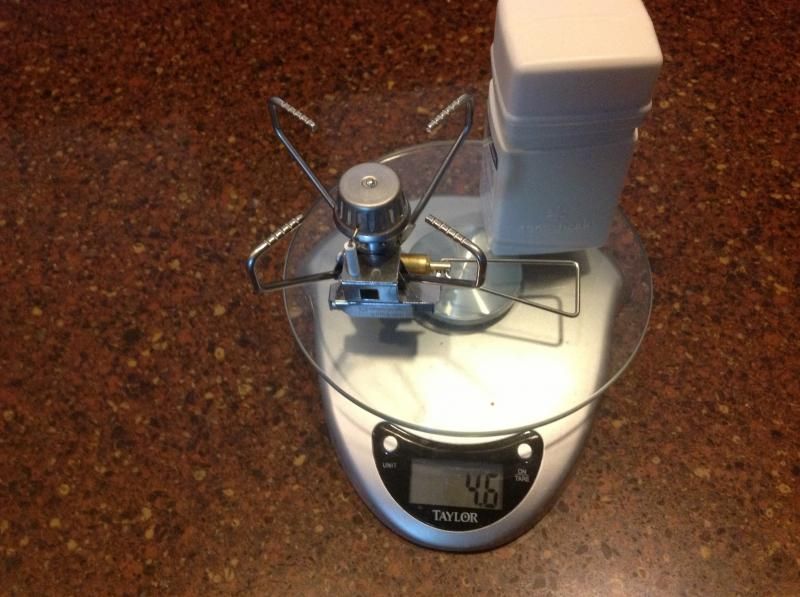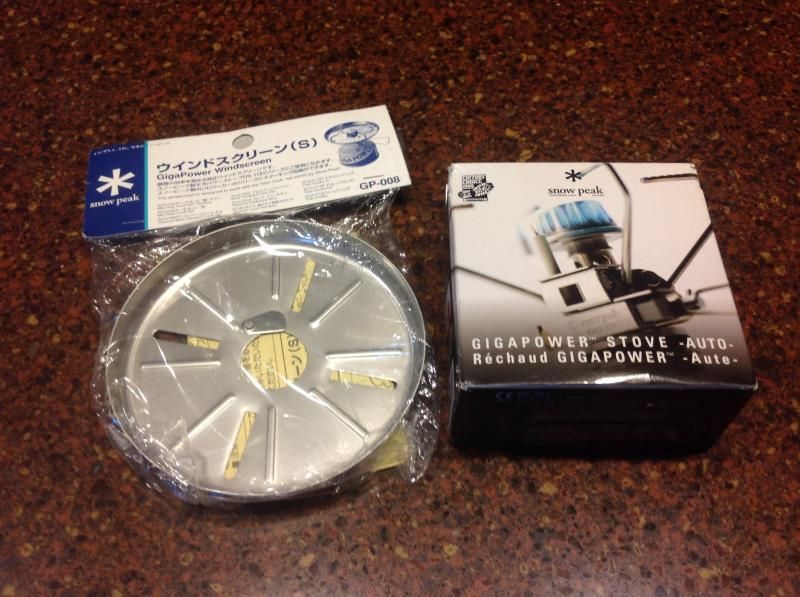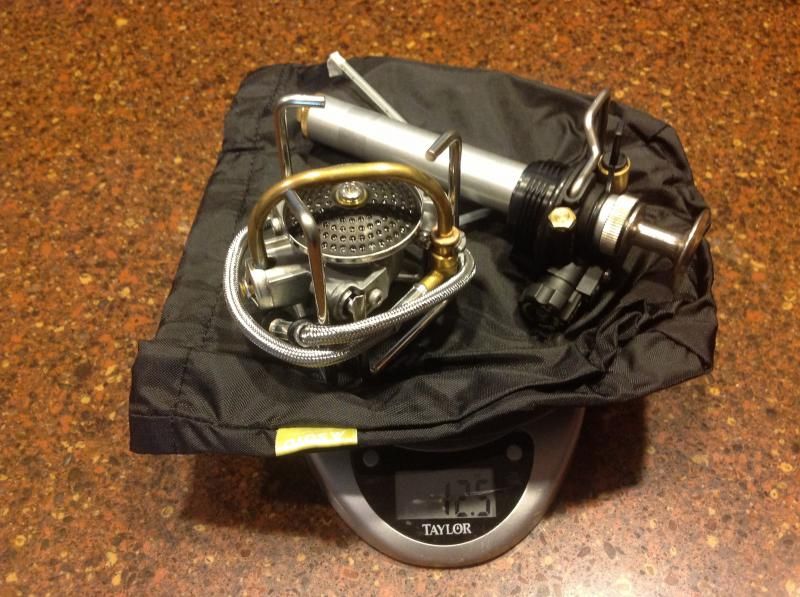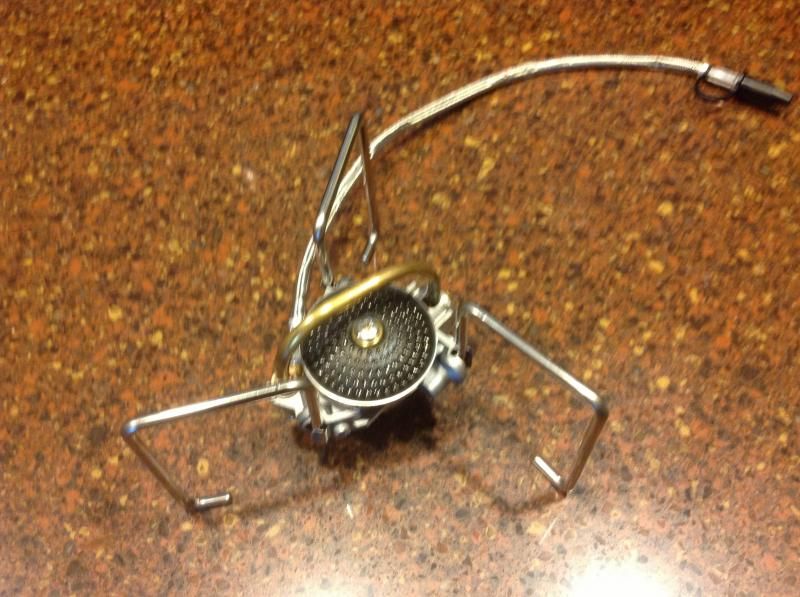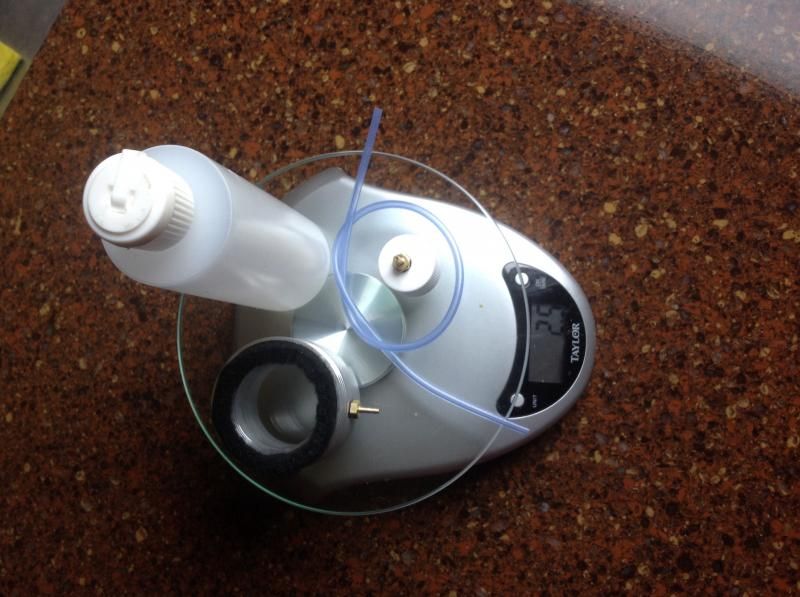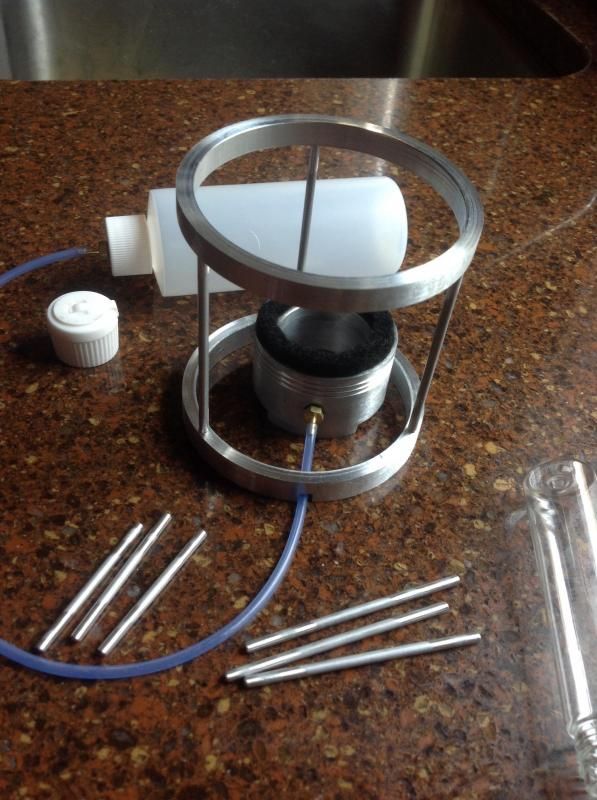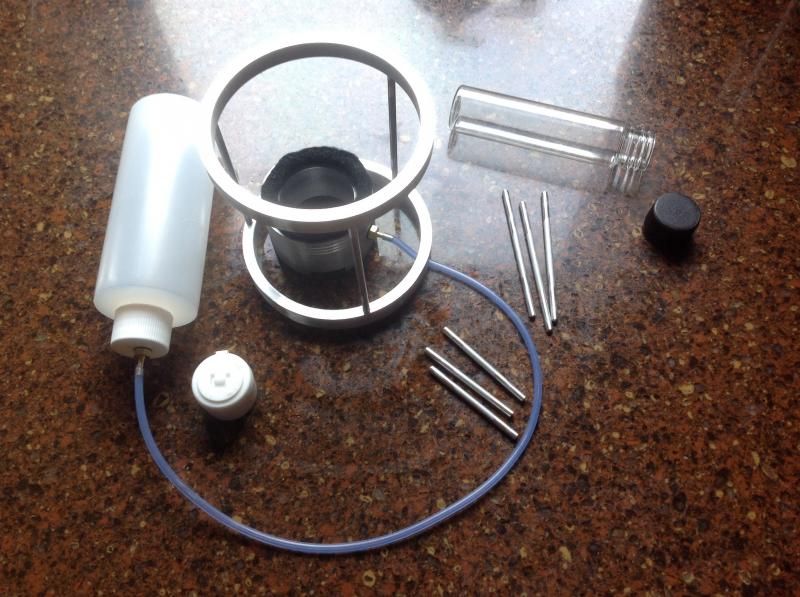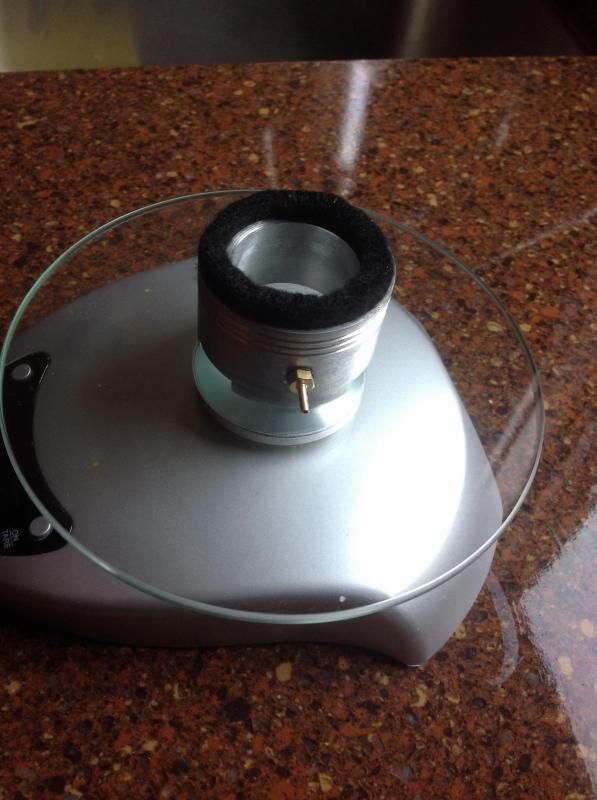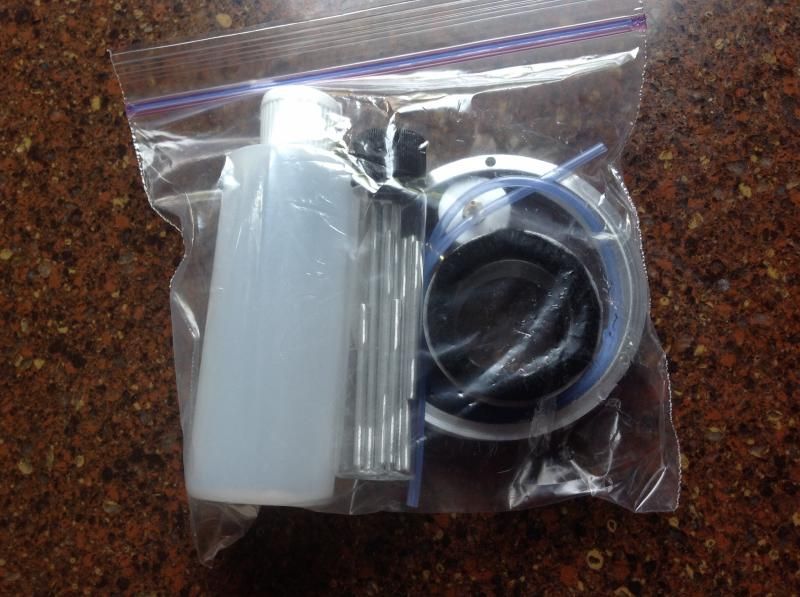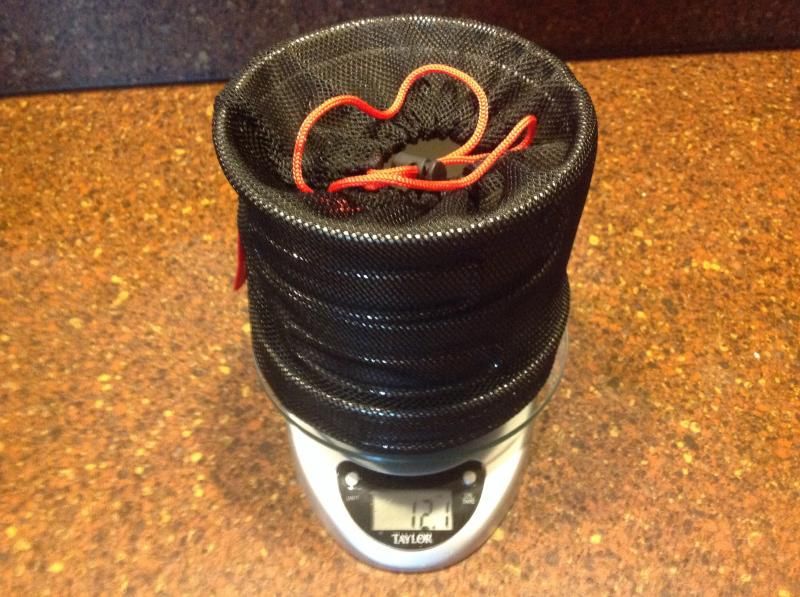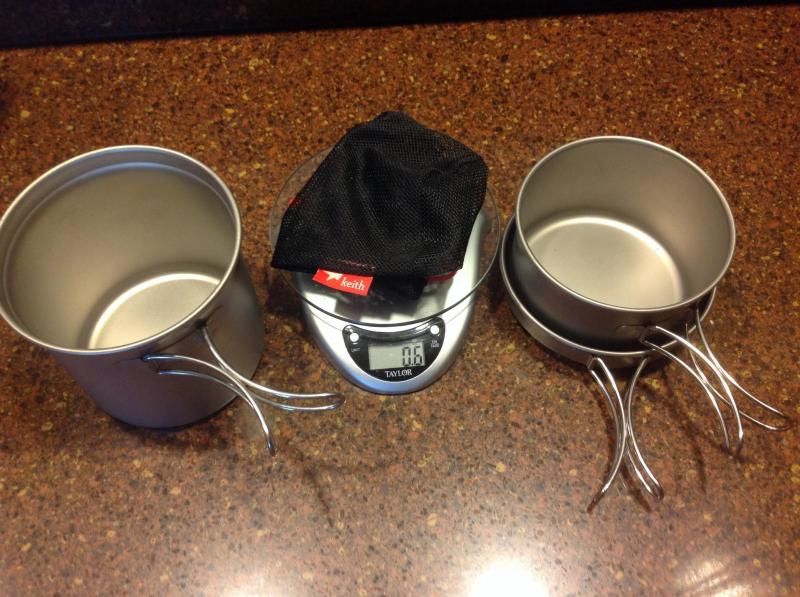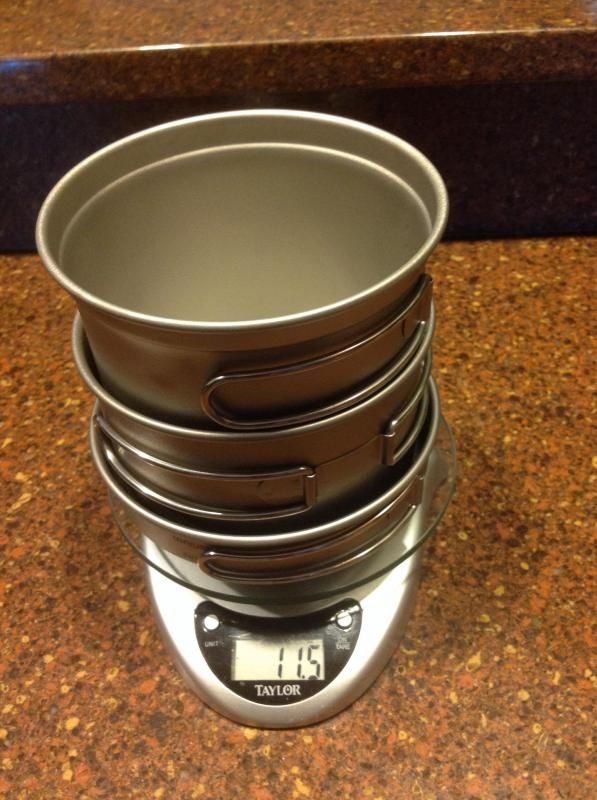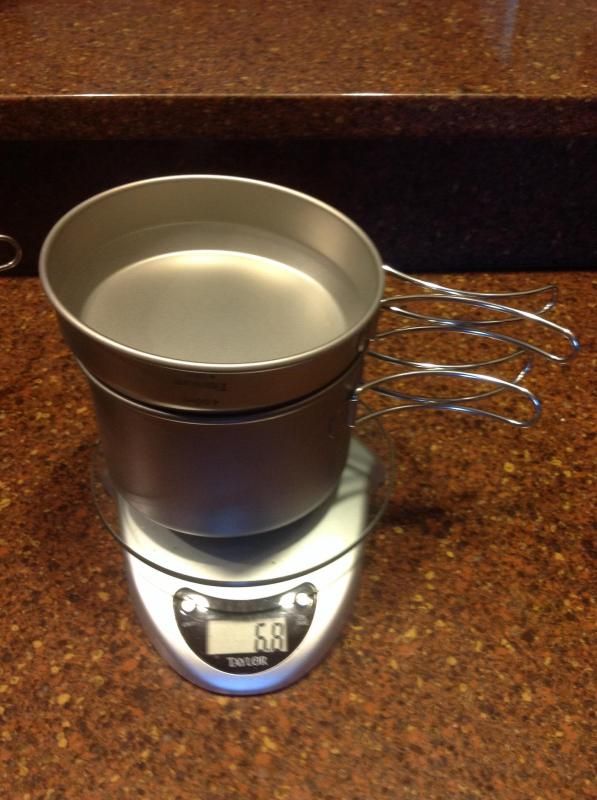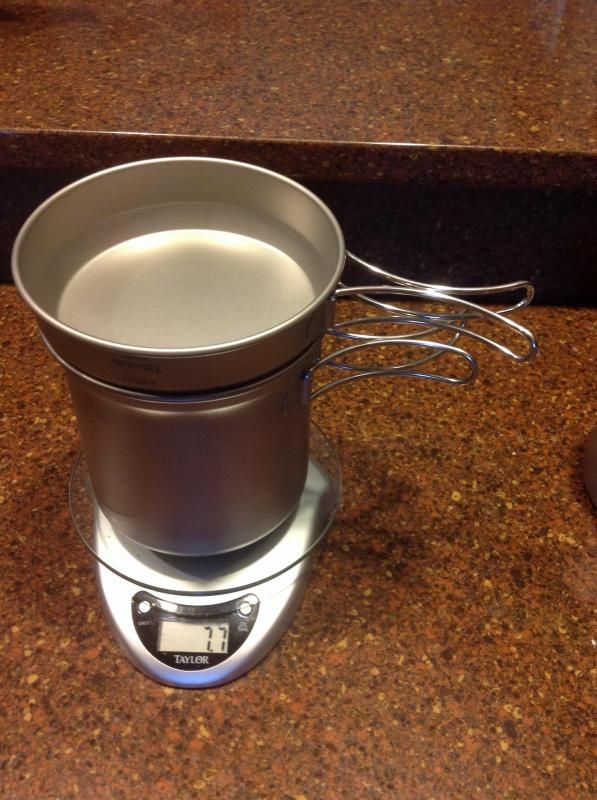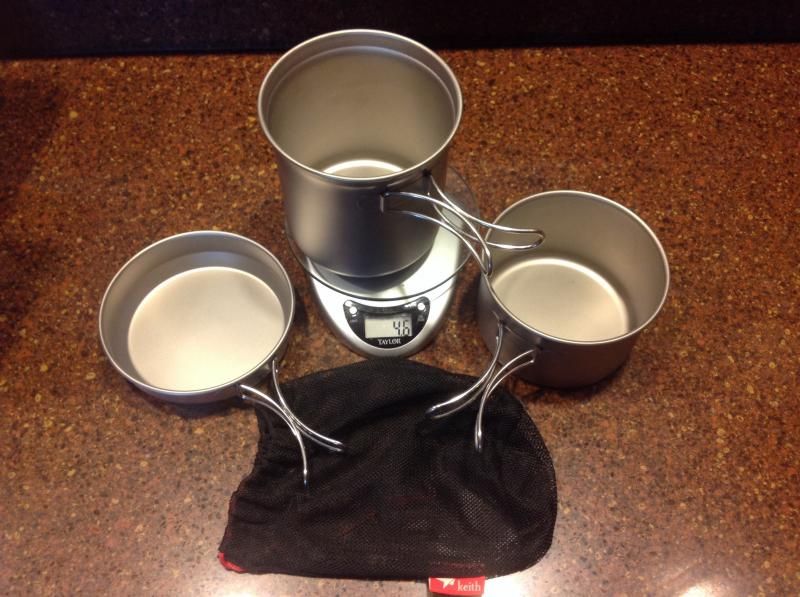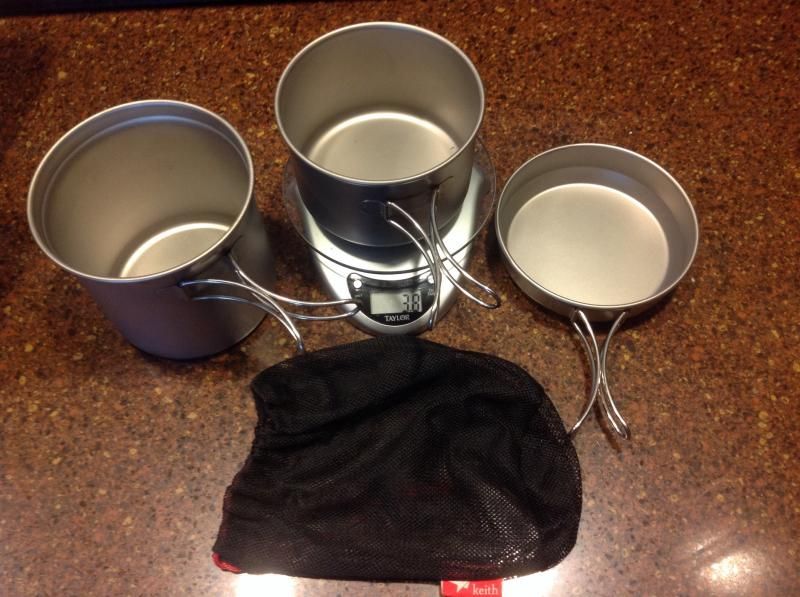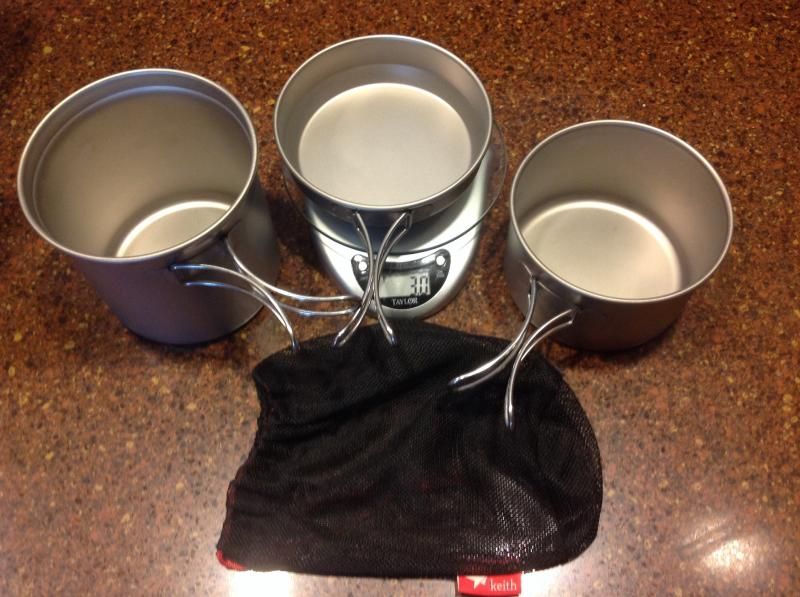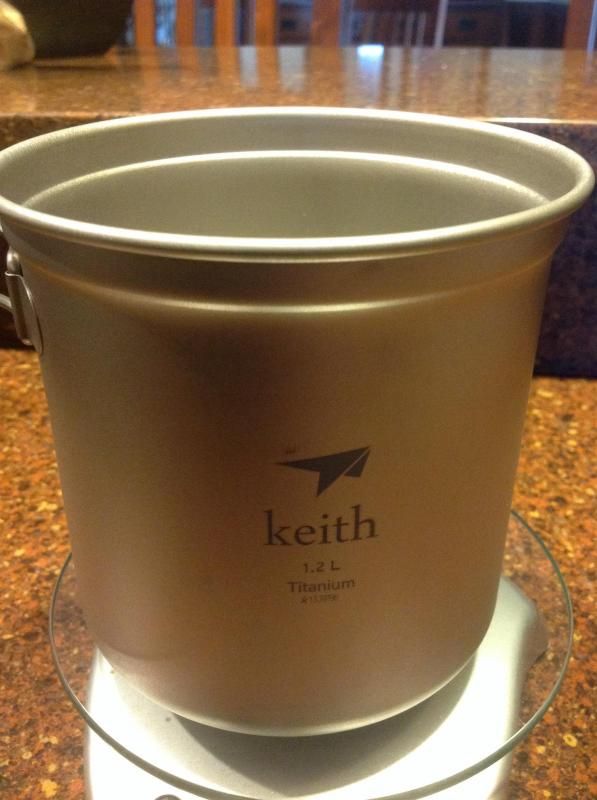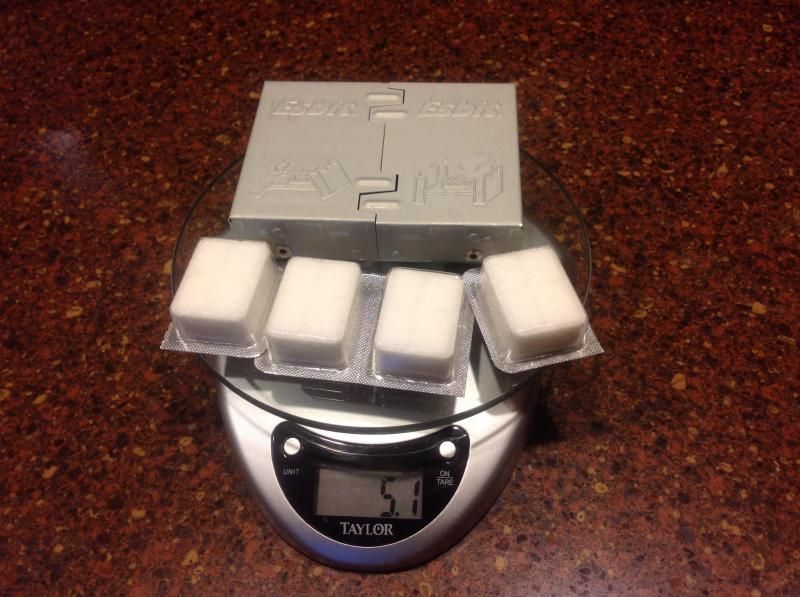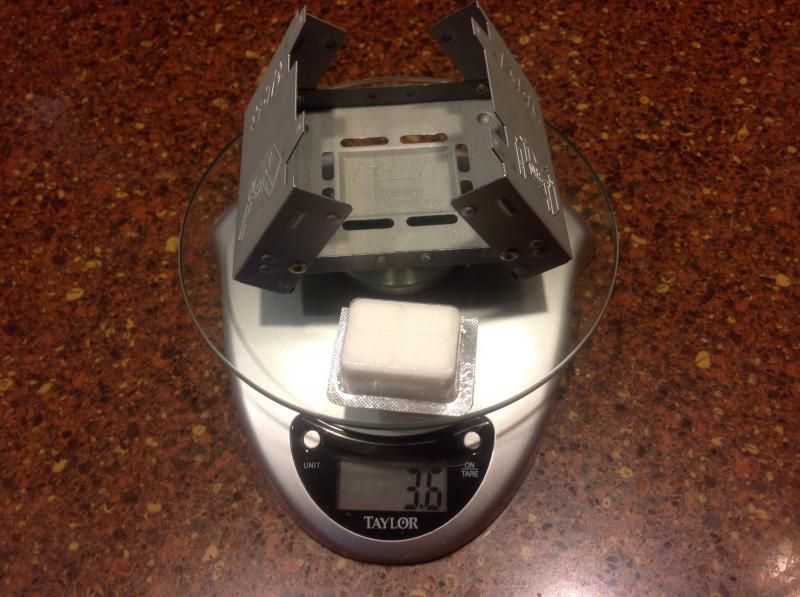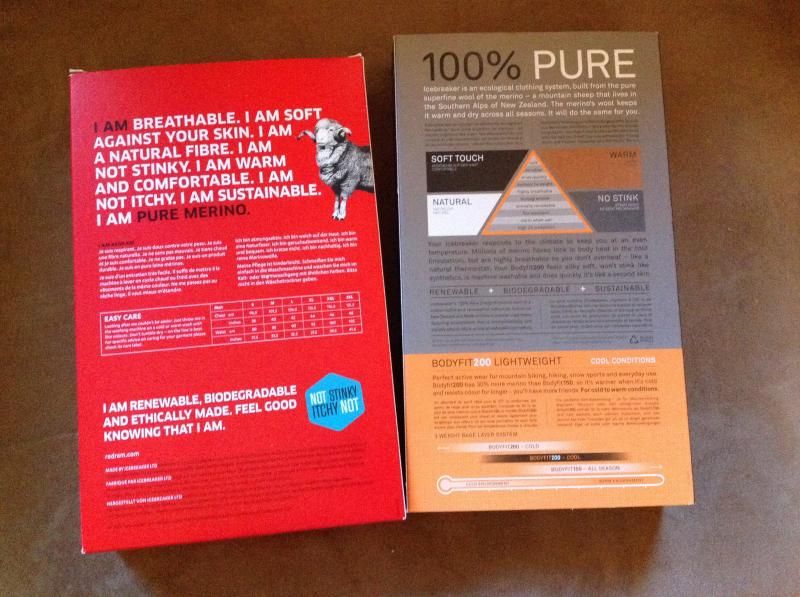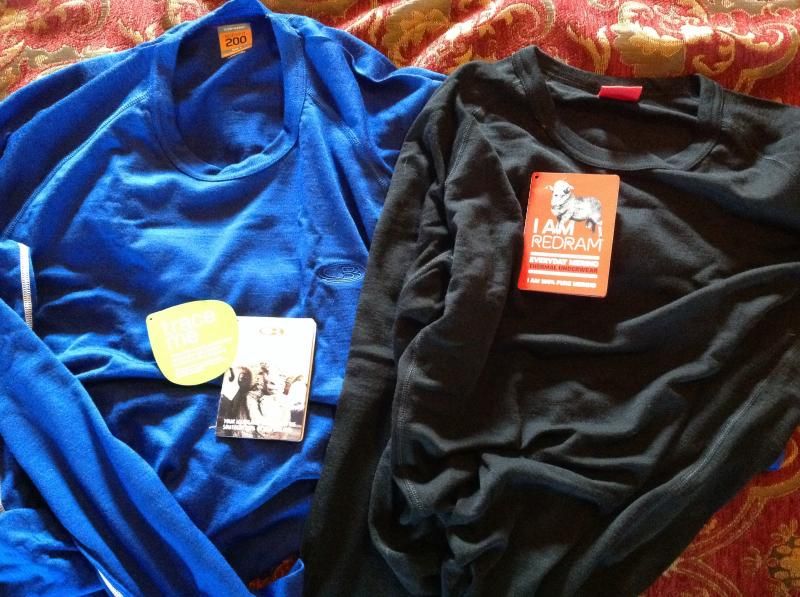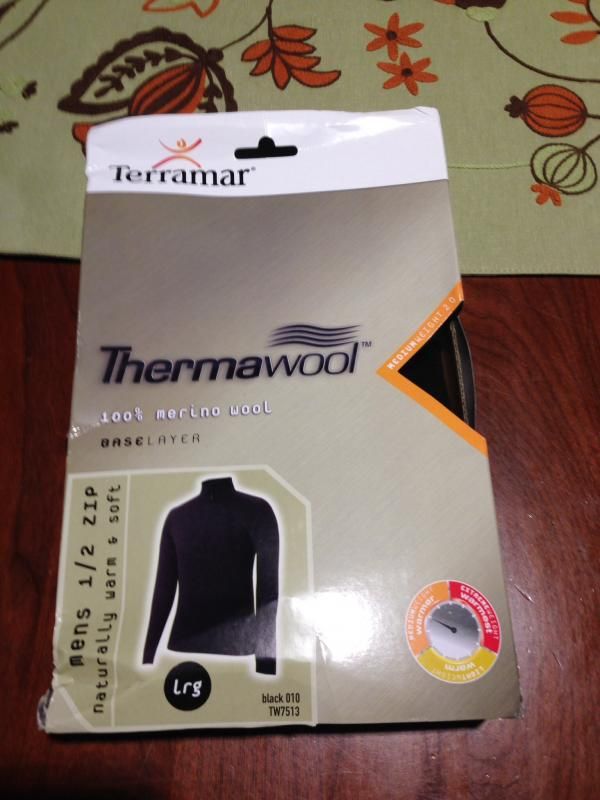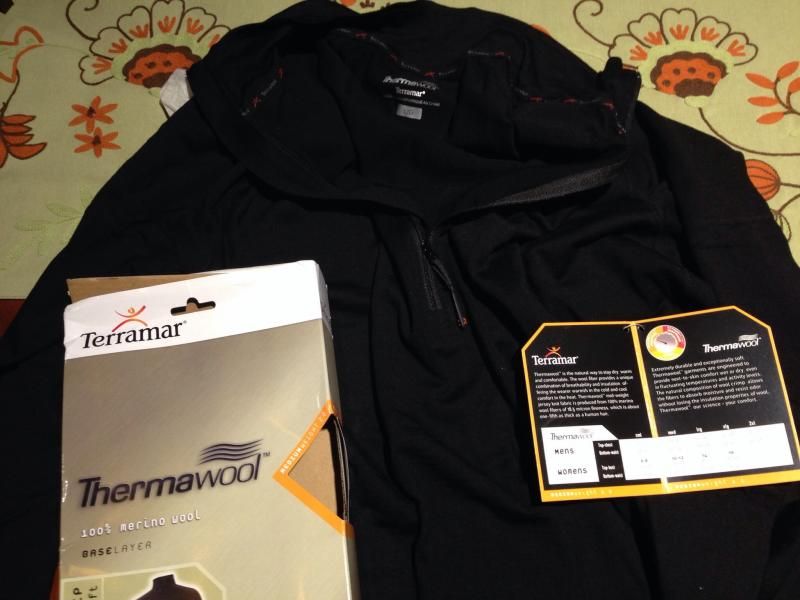Interesting bit of kit that OTHERS will be carrying for ME
There are at least four confirmed people going on this hike. It could grow to 10. It likely will be 6 or 7.
So I decided that I will give others who go on this trip some gifts.
As I'm the oldest person on the trip, I figure that with my age comes some wisdom. And I know that liquids are heavy, in fact they are easily the heaviest things that we will be lugging across the island of England. My goal is travel as light as possible, but still enjoy some of the finer things in life.
So I will be giving GIFTS to some of the other hikers on this trip and those gifts will also benefit me! The gifts I have chosen to bestow on my fellow hikers are lightweight flasks that they can use to replace those heavy wine bottles and whiskey bottles that they would otherwise be carrying into the field for our picnic lunches and mid-afternoon snacks.
Pictured below are 2 wine flasks (one right side up, one reversed) + 1 smaller flask from some fine scotch single malt.
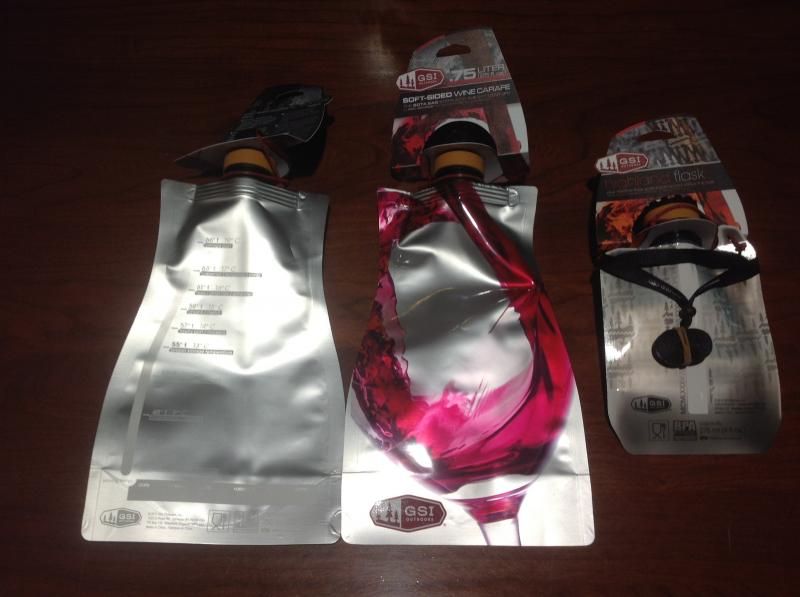
These things literally are feather light. I've found a couple brands, these are made by GSI. They are BPA free plastic and mylar so they should not impart any flavor into the adult beverages they will be used to contain. They were a bit pricy, roughly $10. But are reusable. The body of these modern day 'botas' weigh about as much as 2 sheets of paper. The neck and the cap are lightweight plastic. I didn't put them on a scale for an exact weight, but I'm guessing 2 to 3 ounces total.
So my cunning costs me a bit of cash, it doesn't burden me with the unwanted weight, and I still get to share in the bounty! If we add more people to the trip, I'll simply buy another couple of "gifts" for others so that there will be plenty of wine to go around!
There are at least four confirmed people going on this hike. It could grow to 10. It likely will be 6 or 7.
So I decided that I will give others who go on this trip some gifts.
As I'm the oldest person on the trip, I figure that with my age comes some wisdom. And I know that liquids are heavy, in fact they are easily the heaviest things that we will be lugging across the island of England. My goal is travel as light as possible, but still enjoy some of the finer things in life.
So I will be giving GIFTS to some of the other hikers on this trip and those gifts will also benefit me! The gifts I have chosen to bestow on my fellow hikers are lightweight flasks that they can use to replace those heavy wine bottles and whiskey bottles that they would otherwise be carrying into the field for our picnic lunches and mid-afternoon snacks.
Pictured below are 2 wine flasks (one right side up, one reversed) + 1 smaller flask from some fine scotch single malt.

These things literally are feather light. I've found a couple brands, these are made by GSI. They are BPA free plastic and mylar so they should not impart any flavor into the adult beverages they will be used to contain. They were a bit pricy, roughly $10. But are reusable. The body of these modern day 'botas' weigh about as much as 2 sheets of paper. The neck and the cap are lightweight plastic. I didn't put them on a scale for an exact weight, but I'm guessing 2 to 3 ounces total.
So my cunning costs me a bit of cash, it doesn't burden me with the unwanted weight, and I still get to share in the bounty! If we add more people to the trip, I'll simply buy another couple of "gifts" for others so that there will be plenty of wine to go around!

